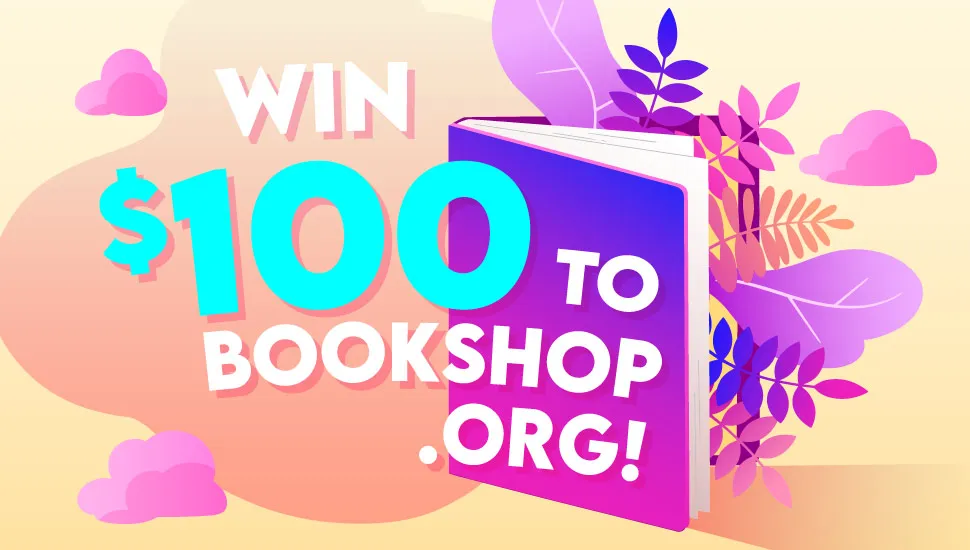
Queer Phobia and The Public Library
**
It is impossible not to be frustrated by the ignorance and bigotedness of this decision in today’s era, but more, it’s impossible not to be infuriated knowing that libraries and librarians partake in these sorts of actions everyday, even in less obvious and blatant ways. In late September, VOYA magazine — that stands for Voices of Youth Advocates — published a review that was blatantly bi-phobic. VOYA is a trade journal that librarians, specifically those who serve young people in the middle grade through high school years, use in part to make decisions about the books to put in their library. The review was for Kody Keplinger’s Run and the part in question read as follows: The story contains many references to Bo being bisexual and an abundance of bad language, so it is recommended for mature junior and senior high readers. Bo’s bisexuality is the content warning. Keplinger herself pointed out that there is sexual activity in the book, but it has nothing to do with Bo nor her sexual identity. The review, however, notes only Bo’s bisexual identity as the reason for a mature label. Librarians who use VOYA magazine tend to see it as one of their greatest professional resources. Those reviews are written by librarians for librarians. Reviews are vital to librarians who cannot read everything that gets published and who are keenly aware of the needs in their collections — the very collections that serve their community patrons. There is immense trust put into the hands of those librarians who review, knowing that what they say about a book can make the difference between a book that gets purchased for a collection and one that does not. A warning label about a character’s sexuality sends the message to other librarians, and by extension their communities, that being anything but straight is for mature audiences only. This review may have ignited a fire, but these microaggressions in trade reviews are not uncommon, and by continuing to be published unchecked, the attitudes continue. Books like Keplinger’s are kept out of a collection, despite the hole they fill in it. Despite the realities of teens in a library’s community. Run is relegated to a “family talk” shelf, thanks to reviews that allow reader bias to seep in.**
Molly Wetta wrote a post here on Book Riot earlier this year that sparked tremendous discussion, both on site and across social media. Her post, a simple request that librarians read more diversely, should have been innocuous.
Instead, librarians were outraged.
Arguments against reading diversely, as stated out of the mouths of librarians themselves, ranged from not being interested in “those books,” to not having time, disliking being told what to do, not getting paid to read (spoiler alert: no librarians are, and neither are editors for book websites like this one here), and having a hard time finding diverse books.
Wetta’s post doesn’t ask for librarians to stop reading what they love. It doesn’t ask them to read extra in their free, off-work time. It doesn’t ask them to travel the world to find a book.
It asks that librarians implement more diverse reads into their normal reading lives. In other words, romance lovers can add a book or two by a black or Latinx author. SFF fans can pick up a series by an author of color. Finding books by or about queer characters in any genre is as easy as a catalog or Google search.
What is a simple request that librarians who serve the public — communities which are rich in variety — add some more inclusive reading into their lives to better serve and empathize with their patrons turned into a lengthy series of micro and macro aggressions.
We can only hope the patrons many of those finding such offense in a simple, powerful, career-enhancing, free professional development opportunity, and free professional human development opportunity, still feel comfortable approaching these librarians, knowing that books they’re interested in are so offensive.
By not letting their reading lives expand, it’s easy enough for librarians to continue down the path of allowing bigotry, fear, and hatred to infiltrate their services, whether intention or not.
**
The demand for diverse books requires work at all levels. It’s not just publishing that requires change.
It’s libraries, too.
Librarians get by too easily on stereotypes that showcase them as nice, kind, gentle, and politically-neutral — or in other news cycles, they’re no longer those boring bun heads but an array of people with tattoos and fun-colored hair. Librarians themselves become complacent with such stereotypes.
But being kind and being complacent doesn’t get the work done.
It is impossible not to see how all of these are related. Librarians who refuse to read diversely don’t see how a review that calls a bisexual character “mature content” is a problem. They don’t see how putting books for children with LGBTQ+ themes and characters on a “family talk” shelf others those books, which in turn, others the individuals who identify. It reinforces status quo, harming readers who both deserve to see themselves as well as those who deserve to be seen.
We value our nation’s diversity and strive to reflect that diversity by providing a full spectrum of resources and services to the communities we serve The statement above is one of the core values of librarianship, as touted by the American Library Association. And yet, it’s instances like the ones above, as well as the ones that go on each and every day that we don’t hear about, where libraries become the very places that many — especially queer individuals — are left shut out, ignored, and indeed, dehumanized. Slapping a safe space sticker up on an office window or wearing pride apparel only goes so far. Those public displays of allyship don’t undo the constant micro and macro aggressions against queer individuals. Librarians who are doing the work need to be more vocal and need to shake down the cages of niceness and political neutrality. The reality is that the public library is not and has never been politically neutral. Opportunities for Boards to step in and make changes that limit access to queer books for children or for books not to be selected for collection inclusion because of “quiet censorship” (or in the case of Run, biphobia) — those are all politically-motivated decisions. They’re attempts to keep nice, to keep things status quo, and to reinforce damaging and harmful beliefs about members of the very communities in which they’re to serve. Public libraries, though, serve an entire community. Not just parts of it. And it’s about damn time to step up, speak out, and put those words and ideals of inclusivity into tangible action. The ecosystem needs change, and the ecosystem needs that change now.**
Some further reading:
- Libraries are not neutral spaces.
- The American Library Association’s statements on Diversity, Equality, and Inclusion.
- Diversity counts within the librarianship profession (numbers are from 2012, the most recent year of data).
- A look at this year’s “Banned Books Week” events, which focused on diversity and book challenges.




